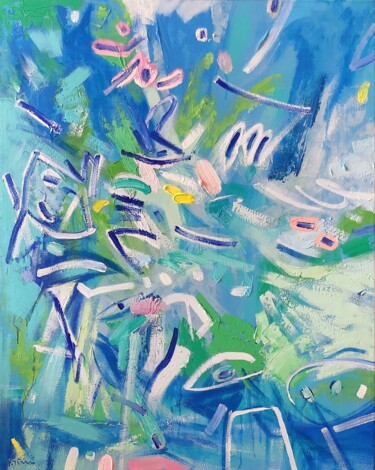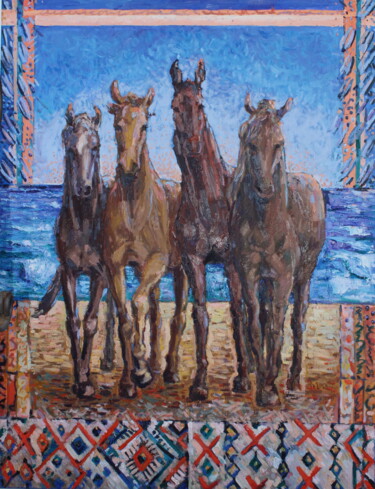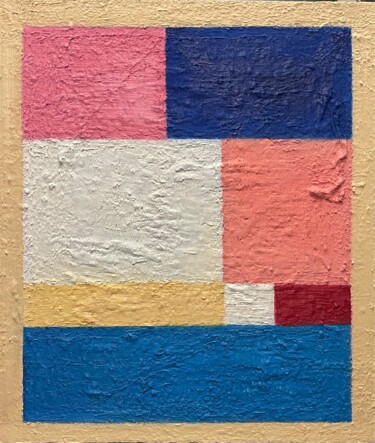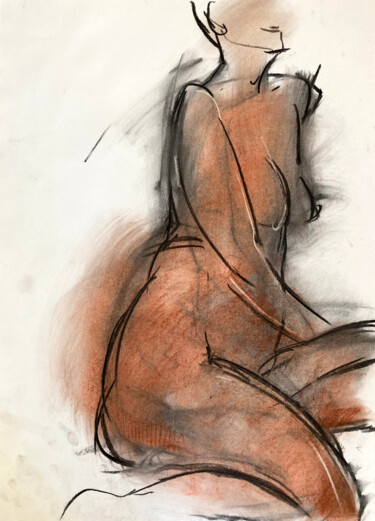Exclusive Collections
Collections curated by art market experts
If you are interested in collecting art, or you want to start a collection of artworks, you will definitely find useful help online to locate artists or artworks based on your budget, buy artworks you like, keep them or sell them after a while! Whenever you are looking for help or tips on starting to collect art, what lot you should buy, and what prices you should pay, Artmajeur art advisors will gladly provide help about any artworks you are interested in purchasing at a given price, may it be on Artmajeur, elsewhere online, in an art gallery, or even in a museum. When you like an artwork but find the art market can be tricky, we can help!
There is a huge difference between buying art and starting a collection or collecting it!
While buying art is more a casual activity that is influenced by likes, preferences, or other interests at the moment, collecting art is a long-term, deliberate, planned, and intentional decision. While you can buy whatever you want, if you are looking to collect and preserve art, you will need to have two additional skills. First, you must be able to research, evaluate and make a decision about whether to purchase any works of art that appeal to you. The second is the ability to select each work so that you can form a meaningful collection.
You may be able to purchase art piece by piece if you are like most people. However, you might not be able to plan how you will acquire multiple pieces over time or build a collection. It's easy to find the art you love almost anywhere, in an infinite array of mediums and prices. But it can be difficult and intimidating to sort through all that information in a systematic way. How do you decide which direction to take? How can you connect one purchase with the next? How can you arrange or group your art in a way that makes sense? How can you show it? How do you present it? This is the essence of collecting; it's the ultimate example of controlled purposeful purchasing.
A great collector is able to distinguish specific pieces of art from the multitude of other pieces and then assemble them in a way that enhances or advances our knowledge of the art or the history and evolution thereof. The whole is greater than its parts in a mature collection. In this way, the collector becomes a respected authority who, in rare cases, can set the standard, influence tastes and trends, and even help to shape the future of collecting.
Collecting art can be serious, but it can also be fun
No matter how serious or casual you are about collecting, there are ways you can maximize the value and enjoyment of your art. First, be true to yourself. Recognizing that you enjoy certain art types, regardless of what is popular or what you believe you should like, is step one. This is the one trait that makes great collectors stand out. One collection will look the same as the next if personal tastes and preferences are not taken into consideration. If a few people are the ones dictating, then the masses will follow. The art that you see from one collection to the next becomes repetitive and boring.
While you may be doing well in your collection, you may have doubts. You don't have to stick with the same museums, galleries or artists or places you've always been seeing art. Seek out new galleries, sellers and artists or other art venues that you haven't been to or only heard of. At Artmajeur, we have almost 200,000 artists and more than 1,000 art galleries from all around the world, so you will never run out of new ideas and suggestions!
Dare to explore
If you are interested in something less common, explore it. You might be drawn to art that you haven't seen before. You shouldn't be afraid of trying new things. While you may end up back at the beginning, which can be a good thing, you might also find something that is truly new. It is always a good idea to periodically reassess your tastes. You might find something that excites you today, but it could bore you tomorrow. Quality collections are always changing and never static. Don't forget the internet! It's an amazing place to find art. Particularly, Facebook and Instagram are great places to find almost any type of art.
No matter how much information you have about the items you already own, it is important to remember that learning is an ongoing process. Be an informed buyer Learn from the pros. Learn from the pros. This will improve your ability to distinguish the best art from the bad. You also learn how you can protect yourself from being exploited in the marketplace.
Most novice collectors will tell their story about the art they collect. This is the best way to purchase art, but it will change as you acquire more experience and become more aware of the reasons you choose to buy the art you love. An advanced collector might say, for example, that they love the sculpture and that it is a great example of the artist’s most prolific subject matter. It also fills a significant gap in their collection.
This is what makes the best collectors. They have a sense of direction and certainty in their overall plans. This is where you get to the heart of collecting and what makes a superior collection different from an inferior one. Every piece is part of a superior collection. Nothing is out of place, random, or arbitrary. An inexperienced collector may be able to know a lot about the pieces they own but not enough to understand how they relate to each other or even if they are related at all. It's not something you want to do! Reduce the randomness of your purchasing. Take a look at the pieces in your collection so far. Then, reflect on the commonalities of all those pieces that you love and go from there.
Document your collection and your art
Documenting your art is an essential part of collecting well. Not only for ownership and authentication, but also to determine its value. It is easy to see how documentation pays off on the market for older art.
One interesting thing about the art business is that even if there is no documentation, skilled sellers will make sure to create interesting titles for art. Even if little is known about art, they know that good titles sell better than boring titles or none at all.
Good documentation has a positive impact on not only the dollar value of a piece of art, but also your ability to appreciate and understand it. For example, if you don't know anything about painting, you will only be able to guess its origins, meaning, and where it has been. You can appreciate it on many levels, not just the visual, if you know its history.
Get help from our art advisors!
We certainly hope you can continue your existing art collection or start a new collection successfully! Our team of art advisors are available if you need assistance, or tips about searching for additions to your collection. Let's be in touch!
New Artists, Weekly selection








New Artists, Weekly selection








Inspired by, mosaic








Inspired by, pixels
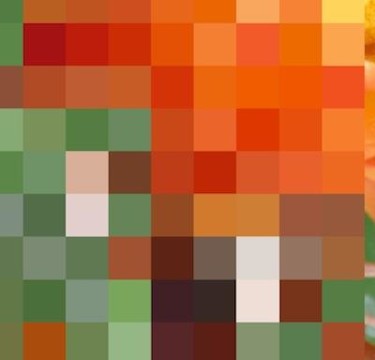

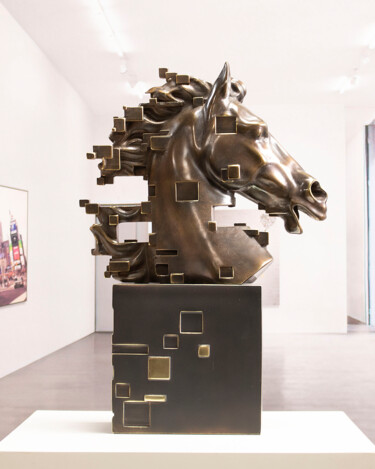


New Artists, Weekly selection








New Artists, Weekly selection

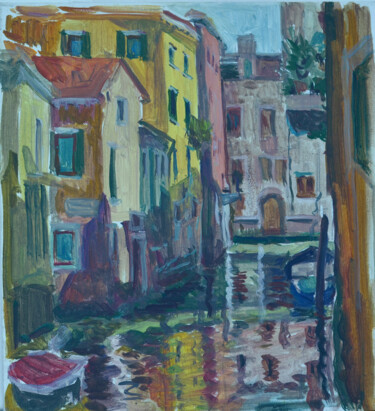






Celebrations, Artworks








Pandas, Artworks








Zebras, Artworks








Still lifes, Photographs








Still lifes, Paintings
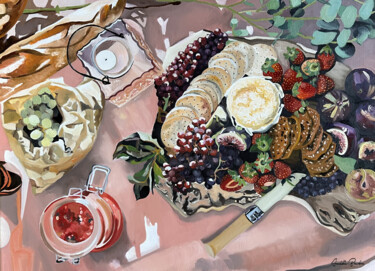

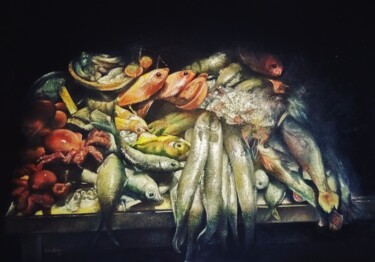




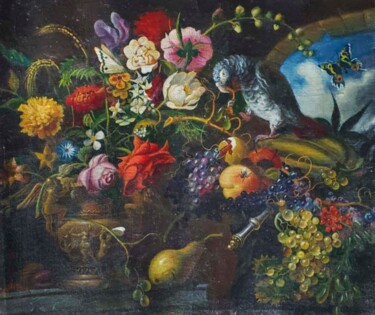
Snow, Photographs








Snow, Paintings








Weekly, selection








Peach Fuzz, The Color of 2024

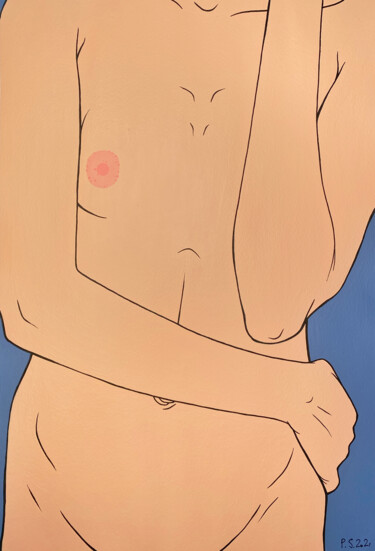



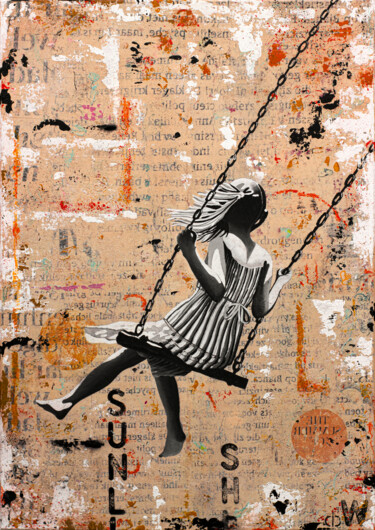


New Artists, Weekly selection








Abstract, sculptures
![Sculpture titled "La guêpe [Ossa]" by Andrii Kyrychenko, Original Artwork, Ceramics](https://www.artmajeur.com/medias/mini/a/n/andrii-kyrychenko/artwork/17252530_andrii-nikel-07-1.jpg)







Abstract, paintings
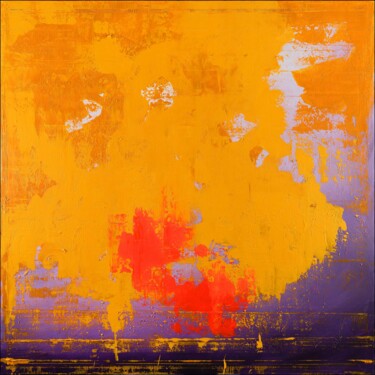







New Artists, Weekly selection








Day, Landscapes








Night, Landscapes








Red, Photographs








Blue, Photographs



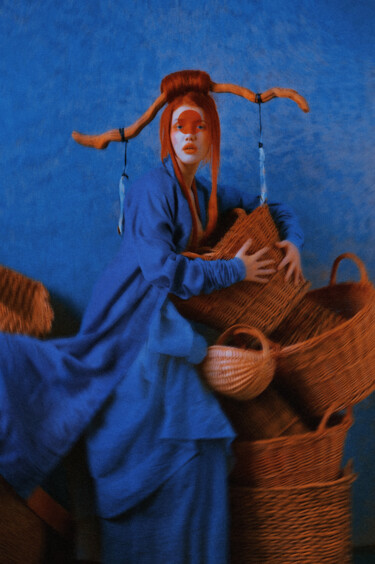




Inspired by the, Renaissance



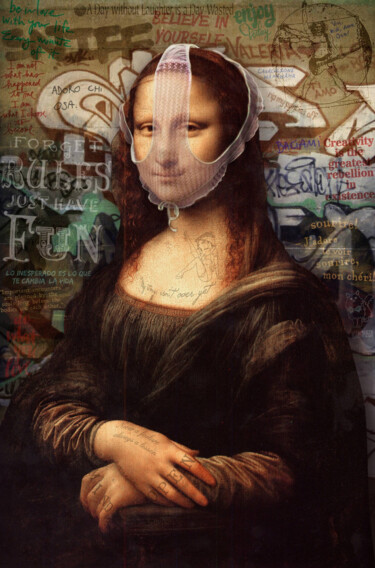




Eiffel Tower, A symbol of France



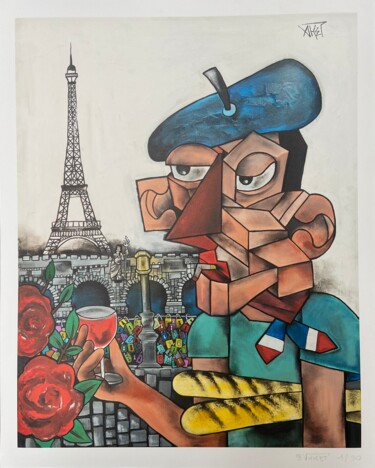




Statue of Liberty, A symbol of the United States
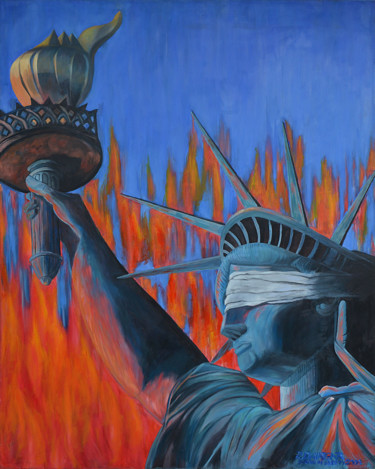







New Artists, Weekly selection




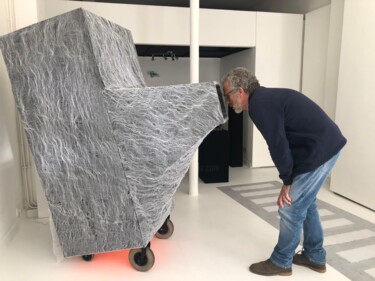



Artists, Czech Republic




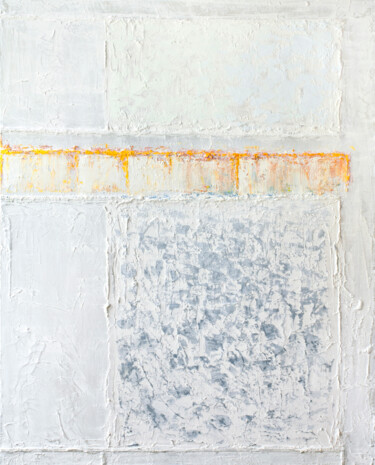



New Artists, Weekly selection
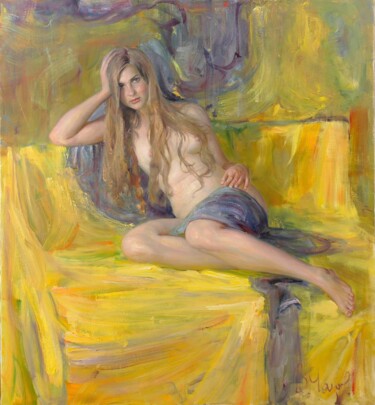




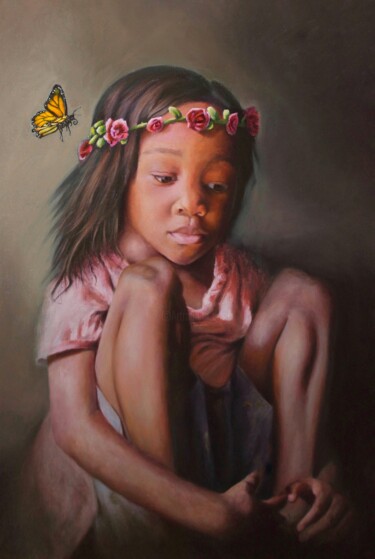


Impressionism, Figurative




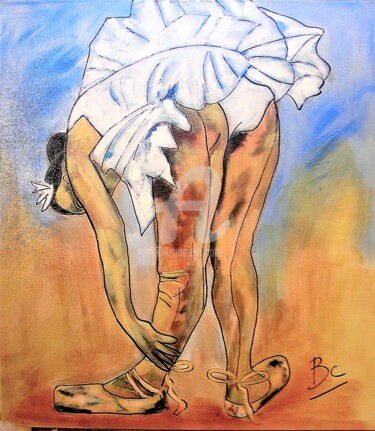



Create a collection: How does it work ?
On Artmajeur, you can collect all the art you love and even share them with other art lovers. Here you will find the most popular collections administrated by Artmajeur members. Join thousands of art enthusiasts into creating exciting collections of contemporary artworks : Create & share collections!
To collect art, browse the galleries and click on the icon next to the piece of art you like.



